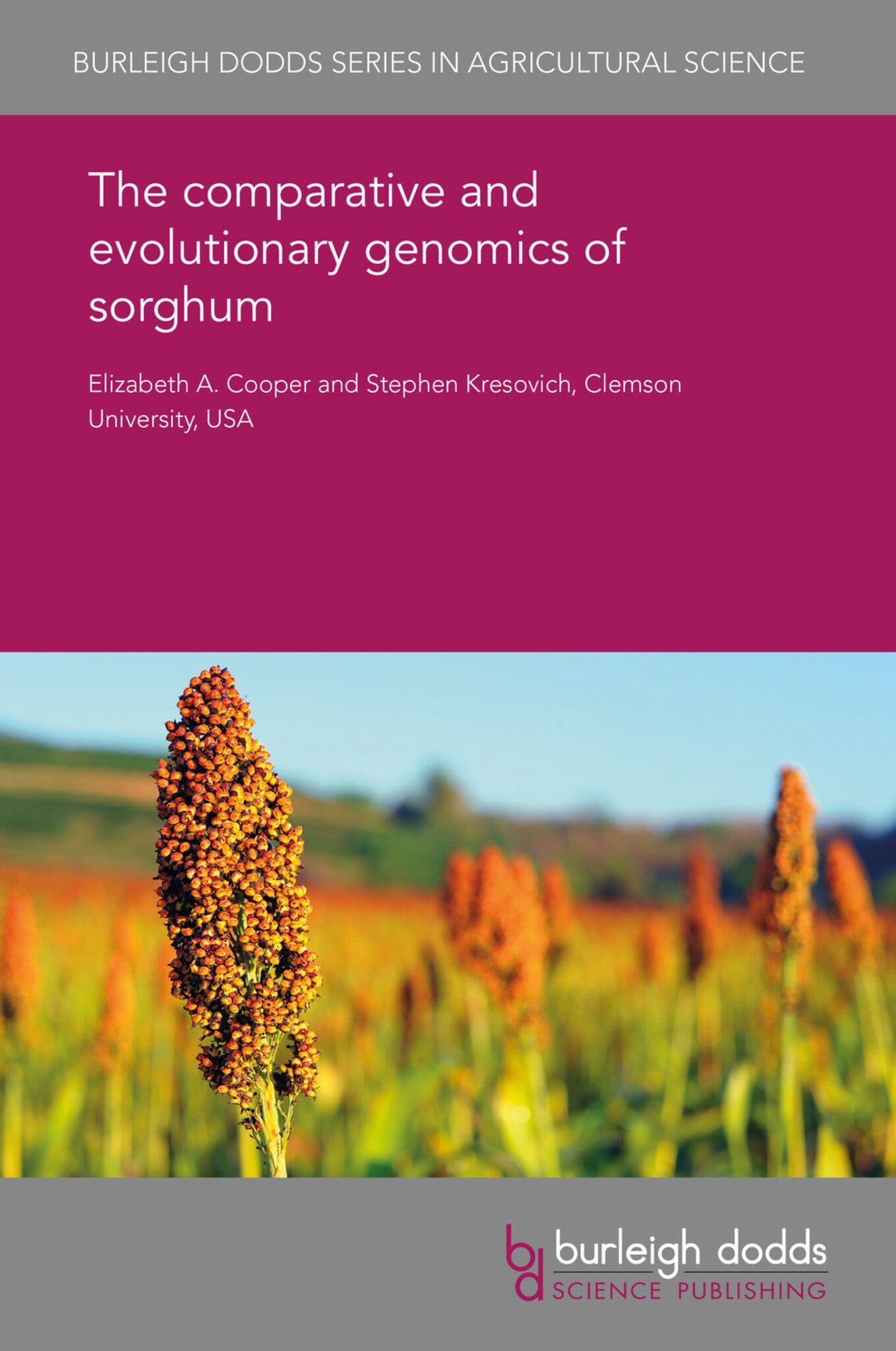We're sorry. An error has occurred
Please cancel or retry.
The comparative and evolutionary genomics of sorghum

Some error occured while loading the Quick View. Please close the Quick View and try reloading the page.
Couldn't load pickup availability
- Format:
-
04 July 2018


TECHNOLOGY & ENGINEERING / Agriculture / Agronomy / Crop Science, Botany and plant sciences, TECHNOLOGY & ENGINEERING / Agriculture / Sustainable Agriculture, TECHNOLOGY & ENGINEERING / Agriculture / Agronomy / General, Sustainable agriculture, Agronomy and crop production

1 Introduction 2 Structure and evolutionary origins of the sorghum genome 3 Sorghum genetic development during domestication 4 Genomic architecture of key sorghum traits: C4 photosynthesis, drought and aluminium tolerance 5 Assembling and exploiting a pangenome for maize, rice and soybean 6 Conclusions and where to look for further information 7 References



